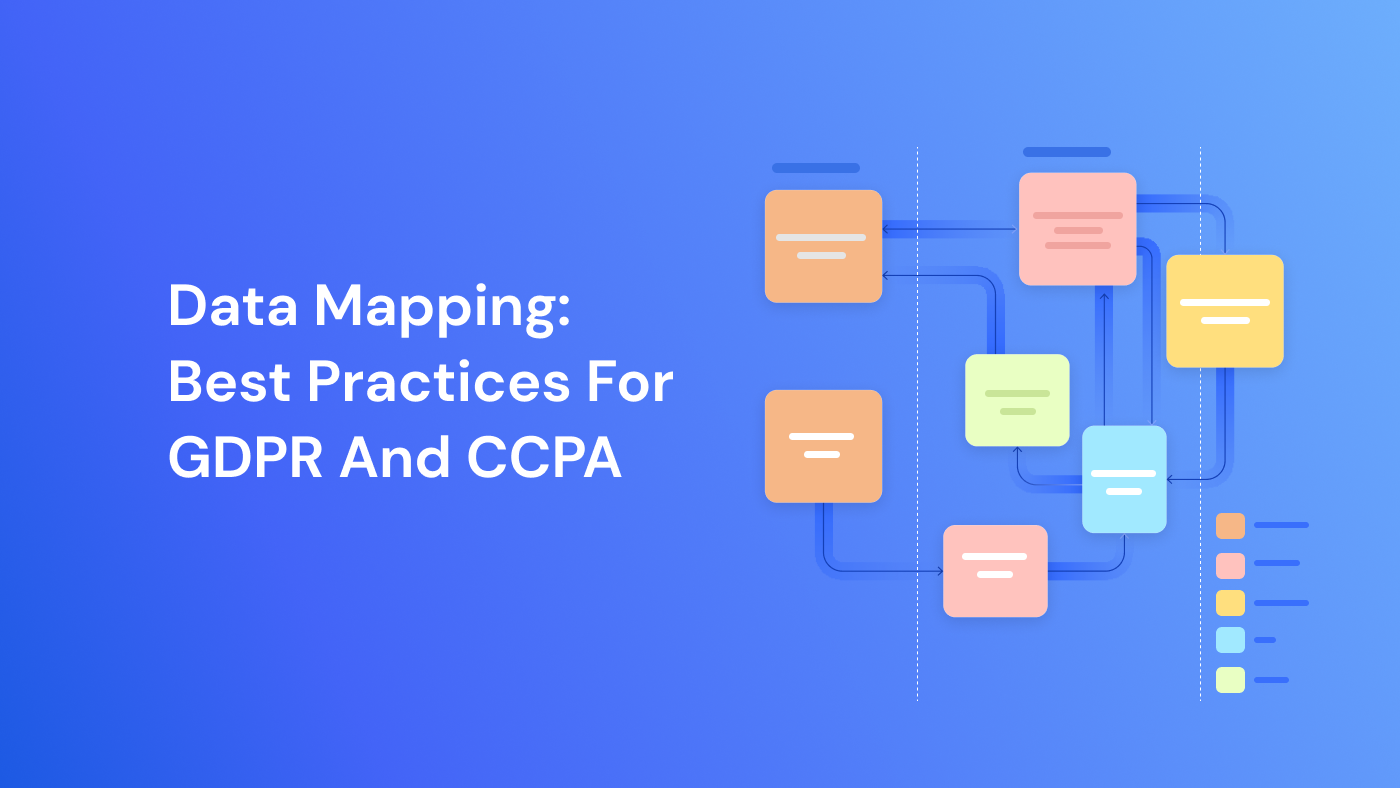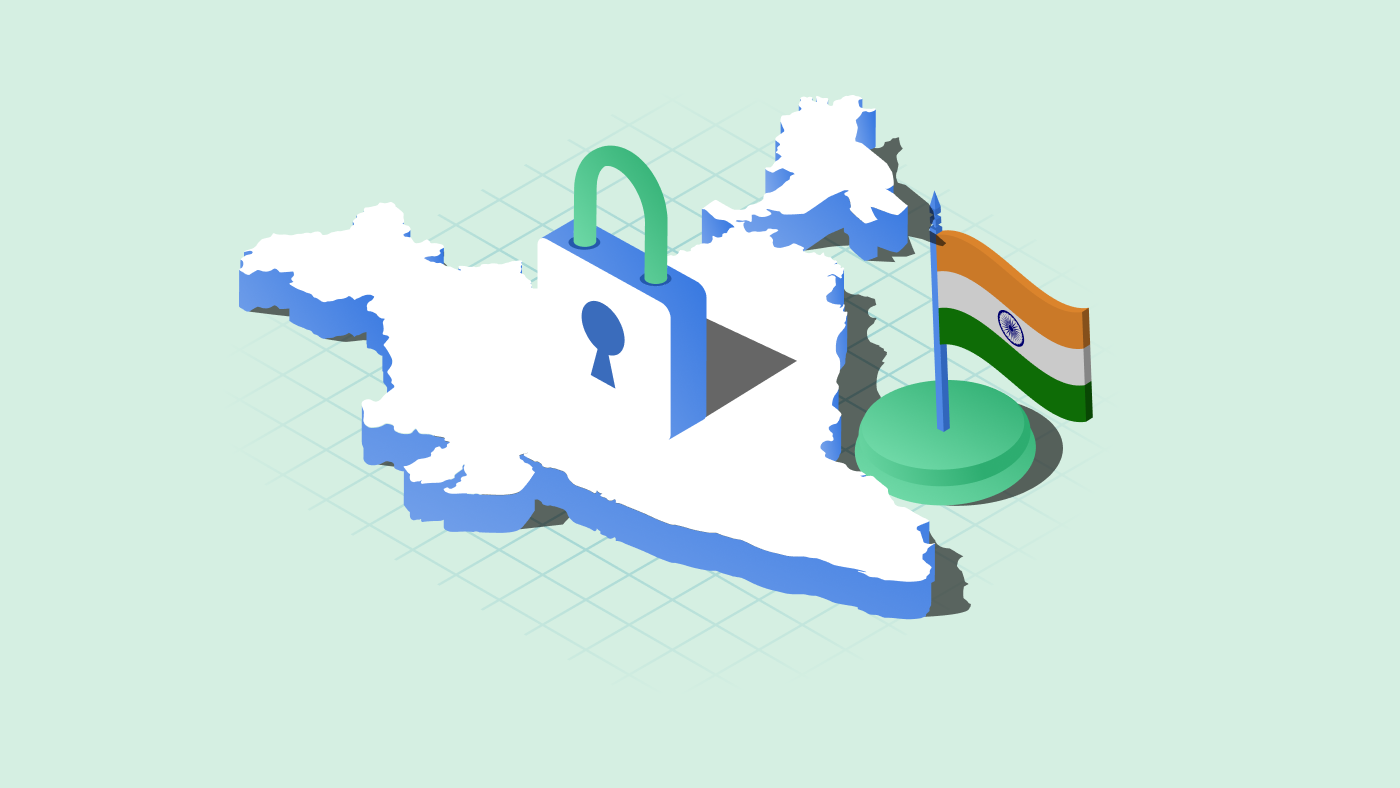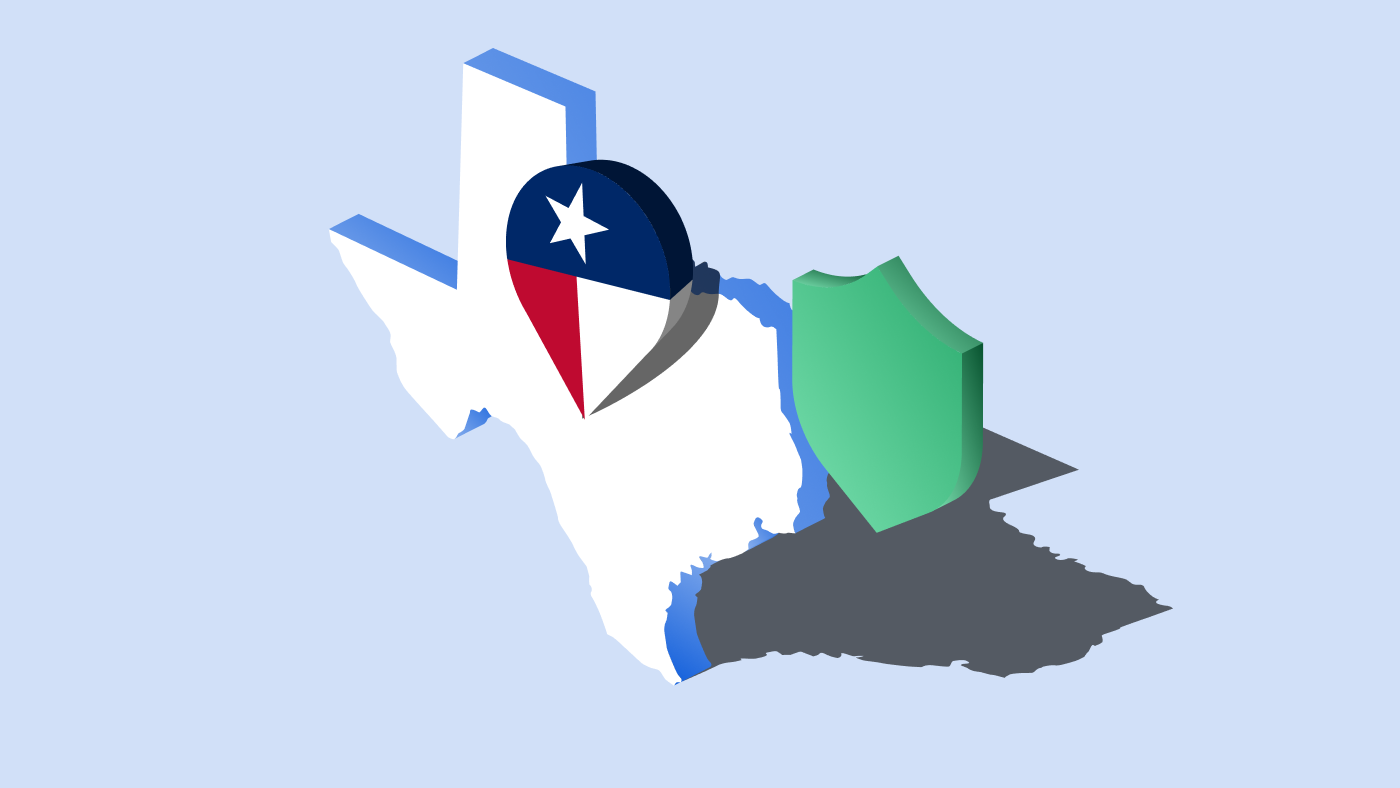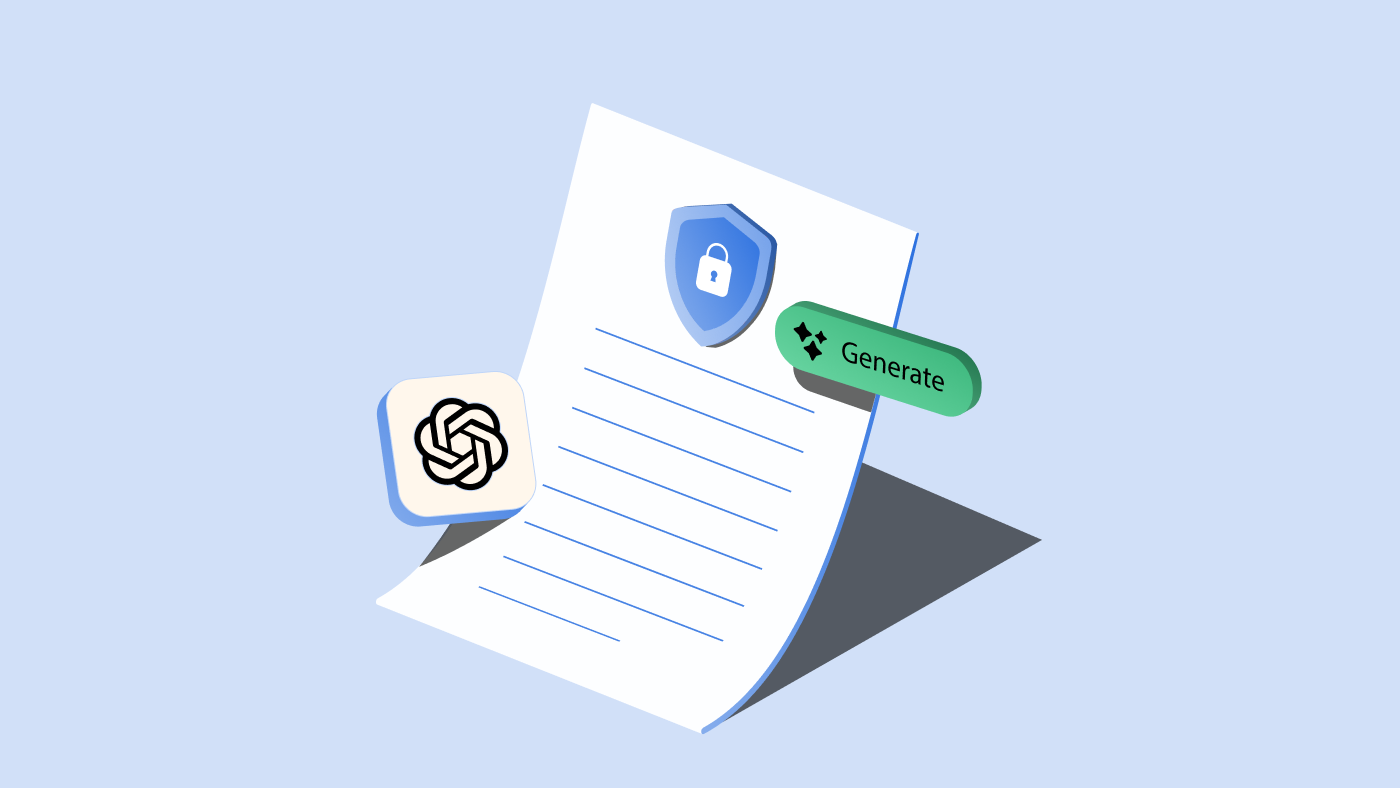Data-driven decision-making is now one of the key factors to the success of an organization. You may require to collect and use user data for your business. Not only that, you may need to store the data somewhere safe, share it with vendors, transfer it to another organization country and delete it after use. This data flow is very difficult to track. Data mapping integrates the data and helps you to track its flow in and out of the organization. This article will cover the best practices for effective data mapping for GDPR and CCPA compliance.
What is Data Mapping?
Data mapping is the process of record-keeping the customer data collected by an organization. Data mapping aims to identify and verify the data processing, such as collection, use, storage, and sharing of data. It is performed to understand how the data flows in your organization.
A data mapping typically consists of understanding the following information:
Category of personal data
Data mapping for GDPR and CCPA compliance is usually suggested for organizations that collect personal data or information of their users.
The GDPR defines personal data as “any information relating to an identified or identifiable natural person (‘data subject’)… such as a name, an identification number, location data, an online identifier or to one or more factors specific to the physical, physiological, genetic, mental, economic, cultural or social identity of that natural person;”
The US’ CCPA has a similar definition for personal information: “Personal information is information that identifies, relates to, or could reasonably be linked with you or your household. For example, it could include your name, social security number, email address, records of products purchased, internet browsing history, geolocation data, fingerprints, and inferences from other personal information that could create a profile about your preferences and characteristics.”
Therefore, personal data or information could include name, mailing address, email address, location, device (browser) information, ID number, and even sensitive information related to one’s physical, physiology, genetics, mental health, biometric data, and religious or political belief.
You must determine the type of data you collect to better understand its processing requirements. A sensitive type of data may require specific and careful consideration.
Purpose of collecting and processing personal data
The purpose of collecting and using personal data plays a huge role in privacy compliance. It sets the processing activity and helps to recognize the risky factors in the data processing. By identifying the purpose, you will be able to recognize its lawful basis and take further steps. For e.g., if your lawful basis for processing data is getting the explicit consent of your users, then you can set the appropriate system for it.
Source and mode (third-party) and sharing of personal data
Determining the source of data and collecting and processing them will give a bigger picture of handling the processing activities. If third parties like Google Analytics or Facebook pixel collect data on your behalf, you need to disclose it to your users.
Sometimes you may require third-party assistance for the proper functioning of your services (or website). In such cases, these third parties may need to collect or use data on your behalf, which according to data regulations like GDPR, require consent from users. Therefore, you must take note of all such vendors or additional services that collect personal data.
Storage of personal data
Wherever you store data must be secure and protected against a breach. You should also disclose how long you will require to store the data to carry out the data processing. This information must be made available to your users.
Transfer of personal data
Any cross-border transfer of data must be duly recorded and accounted for. You must ensure data safety against loss, damage, misuse or authorization access.
Protection of personal data
Protection of data should be of topmost priority. By analyzing the processing activity, you can take the necessary measures to protect the data flow against breaches.
You can say that data mapping is crucial for data privacy compliance. Read on to find out why.
Why is data mapping important for GDPR and CCPA?
Organizations that collect large volumes of data or those that have a huge list of third parties that collect and process data on behalf of them, often find it difficult to manage the data processing activities. On top of that, privacy laws are looming on everyone’s heads with harsh fines for non-compliance. The prime objective behind implementing GDPR, CCPA or any privacy laws is to protect people’s data and uphold their right to privacy. Data mapping paves the way to that. By establishing what and how you collect, use, store or share data in your organization, you will have a better understanding of what privacy measures you need to take to be compliant with the privacy laws.
We need to look at it as more of an advantage. Data mapping brings an organized structure to your business database. It helps to
- ensure Privacy By Design in your organization by letting you integrate privacy measures into every step of your business as per the data flow.
- recognize if you collect any sensitive type of personal data processing them which may put the rights and freedom of the concerned users at risk.
- identify the exact purpose or to be more specific, the “lawful basis” for processing the data.
- identify the exact channels to obtain consent (if applicable) for data collection and use.
- record your data processing activities as per the requirements of GDPR and CCPA which in turn also helps in demonstrating your organization’s compliance.
- conduct Data Protection Impact Assessments (DPIAs) based on the type of data you collect or the purpose of processing. With data mapping, you can identify the type of data you will be collecting and the level of processing you need to do.
- furnish your privacy policy and other disclosure as per the GDPR and CCPA requirements because you have all the details related to the data and its source and the external parties with whom you will be sharing the data.
- set up a system to verify, respond to and manage customer data rights requests granted to them by GDPR and CCPA. These rights include data access, data deletion, data correction, data portability, and data processing objection.
- keep track of your data from source to destination and identify the levels of risks involved in moving the data.
How to do data mapping: best practices
Article 30 of GDPR discusses the Record of Processing Activites (ROPA) organizations must maintain, and it is very much similar to data mapping.
Here are some best practices to follow to conduct an effective data mapping exercise.
Identify the right resources
To begin with, make sure you have the right resources to map your data flow. Identify the right plan or tools for data mapping depending on the type and volume of data you collect. There are many free data mapping templates available that can help you to conduct the process, e.g., here is a GDPR data mapping template in excel.
However, automated data mapping systems can save your time and work. There are many tools and software to automate the data mapping process and that comply with all GDPR and CCPA requirements. Select the one that suits your organization’s needs. Another advantage of automating the process is that you can schedule periodic updates, which saves time and eventually, money.
If you conduct large-scale processing, you can assign a dedicated team to manage the data mapping.
Identify the data source and type of data
Privacy legislation such as GDPR and CCPA applies to organizations that collect and process personal data (personal information). By identifying the categories of data and where it is coming from, you can decide which one needs to be mapped. That also helps you to determine which data needs to have specific privacy requirements.
Adopt Privacy By Design approach
Data mapping is an intricate process that involves various levels of risks. By embedding privacy into every step of the data mapping process, you can ensure that it does not pose any unwanted threats to the users’ personal data. Thus, keep the right of privacy of your users in mind while planning the data mapping.
Ensure Data Security
Your customers’ data is important. While carrying out the data mapping process, you must ensure that the data is kept secure and protected against any unauthorized access, loss, theft, misuse, damage or unlawful disclosure.
If you will be using any automated tools for data mapping, you must make sure they offer security features to protect the data.
Third-party integration
As already mentioned earlier, your organization may send or receive personal data collected by external sources. All this information about third-party data sources must be duly integrated into the data mapping process to avoid any conflicts or mismanagement.
Document data mapping process
Data will come and go in your system. You may have to remove data you have been using for a long time and sometimes you need to keep collecting new data. So, data mapping is a recurring process.
You must keep a record of all data mapping processes to avoid any discrepancies. It also helps in setting a standard for data mapping in your organization for the time to come.
CookieYes is a cloud-based cookie consent management platform (CMP) for GDPR and CCPA compliance. With our cookie banner, you will be able to easily get cookie consent from your visitors and auto-block third-party cookies prior to consent. However, that is not it. It can do much more. Try CookieYes for free and find out.
Disclaimer: This article is for information purposes only. It does not intend to be a substitute for legal advice. Therefore, if you require any legal assistance, you should seek the services of an attorney.



